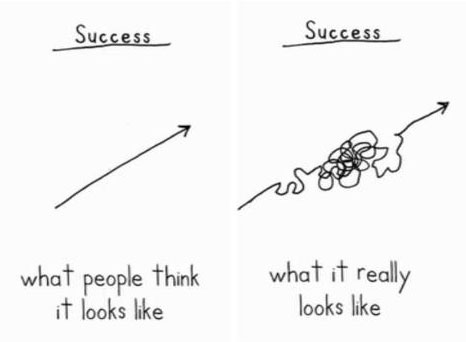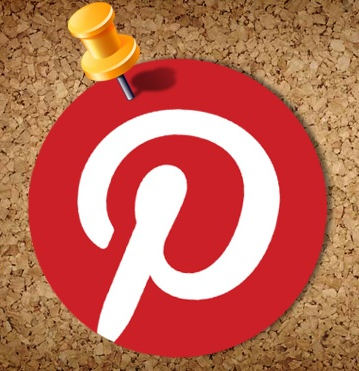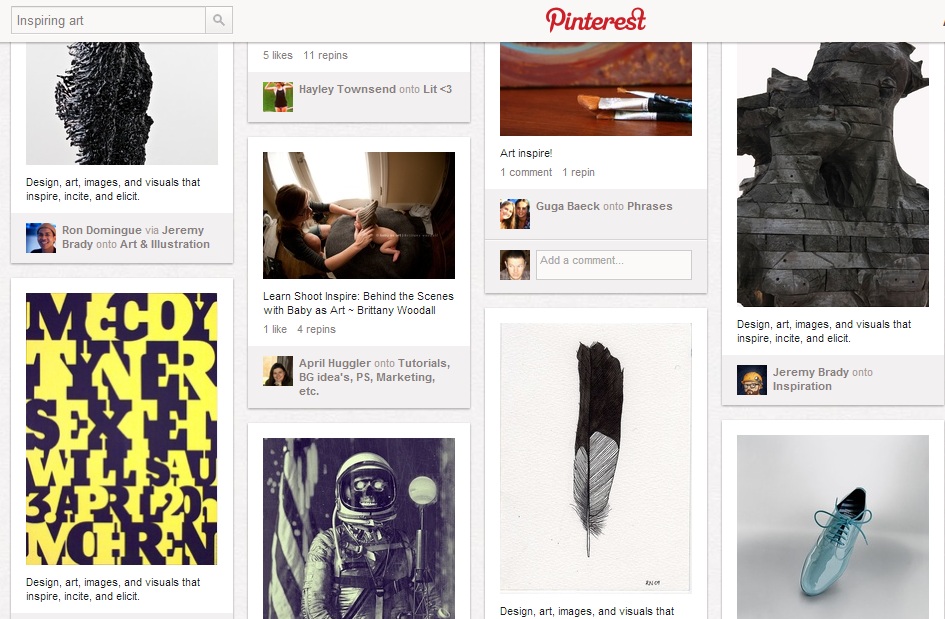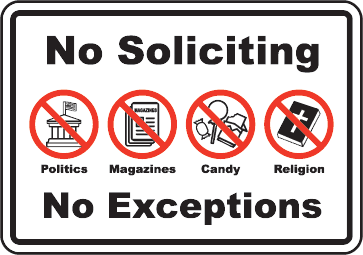Last week we touched on the subject of switching perspective from short term music sales to long term fans.
This week, I want to set the ball rolling for a series of posts that will drive at the heart of that idea: Manning your virtual merch table.

I Have a Virtual Merch Table?!
Yes, yes you do!
And, as with the real thing at a live show, how you approach it makes a big difference as to how you’re perceived by everyone, from new listeners to ardent fans.
Broadly speaking, the ideas that we’ll look at in the upcoming series are applicable across the range of creative arts and will serve anyone seeking to build relationships with those showing an interest in your work. Again, the focus will be on those relationships lasting for years (ideally the duration of your career) rather than just the brief amount of time it takes to make a sale.
“Manning Your Virtual Merch Table” will focus on musicians, though, for clarity (not to mention the ease of extended metaphor). It covers 3 core elements that are crucial to developing a growing base of life long fans:
- The spectrum of people you’re catering to, including key differences in how they’ll react to your approach,
- How variety of price and product are crucial to attracting the attention of those you connect with,
- How (and who) you choose to promote not only what’s on your merch table but also your future with a potential fan.
The Beat Start Here…
Let’s begin by making sure that you get the inside track on this important series…
Enter your e-mail address below to receive an in-depth monthly newsletter that will dissect each element and give you specific action checklists to work on.
(Note that some of this content won’t be available in the blog posts… consider it my special thank you for the privilege of entering you inner e-mail sanctum!)
If you prefer to stick to the articles here on the blog, I’d love to have your input as to the major challenges you face building a fan base as a musician. This is your chance to shape the discussion for the series, as I’ll tweak the content to answer specific questions or concerns.
So please, ask away! What one thing most baffles you about how to market your music to new listeners or seasoned fans?
I’m excited to get this series underway and add some structured learning that you can build upon with every read. Watch for the start next Monday and thank you, as ever, for spending time on the site. I greatly appreciate your time and input.





